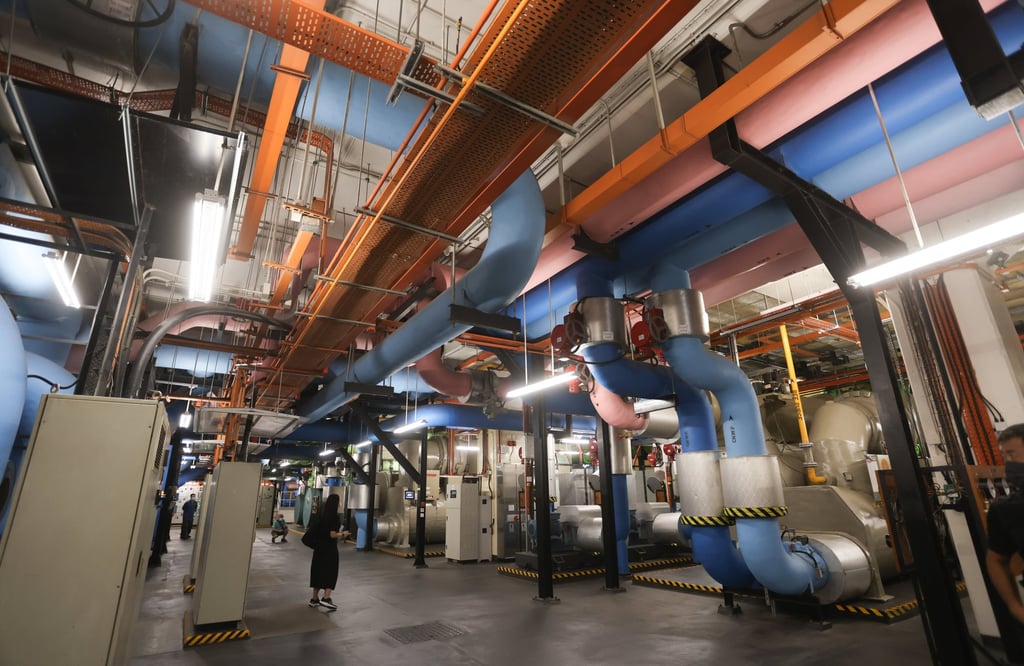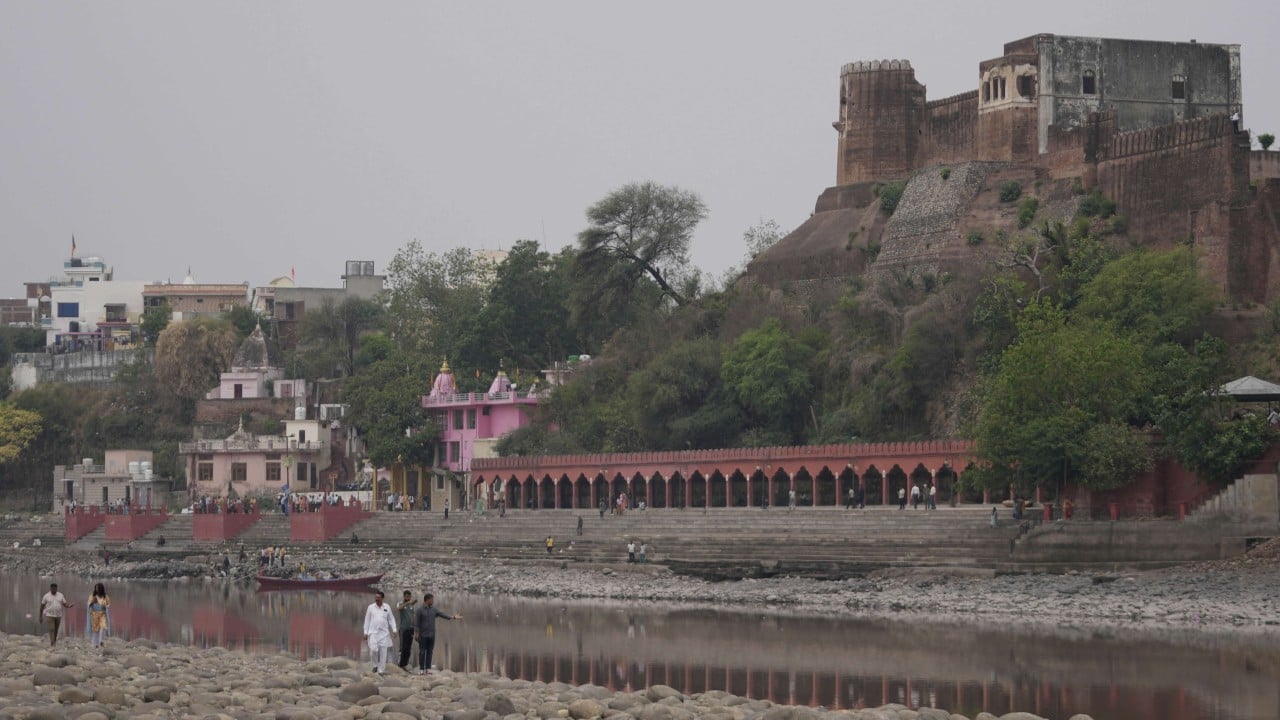A regional workshop in Malaysia on energy transition brought together governments, international organisations, industry leaders and academics in June. Around the table, there was a consensus that Southeast Asia must find sustainable and alternative energy solutions to meet fast-rising demand. One key driver of this rising demand is the rapid growth of data centres.
Advertisement
Across Asia, data centre capacity is expected to nearly double in the next five years, reaching around 25,000 megawatts. Over the same period, annual co-location rent could reach US$44 billion. Massive construction is already under way in major hubs, with more than 72 per cent concentrated in Japan, mainland China, Australia, India and Malaysia.
Several forces are driving this surge. Artificial intelligence (AI) workloads are multiplying. Cloud adoption is expanding as governments and businesses shift online. The digital economy is growing faster than infrastructure can keep up, and increasingly strict data sovereignty laws require companies to store sensitive information within national borders, prompting a wave of local facility development.
The opportunities are real, including those in investment, jobs and technological capability. However, the Malaysia workshop revealed the sobering reality that developing massive data centre facilities will consume enormous amounts of electricity. The forum, however, focused solely on sustainable and alternative energy targets, overlooking another equally significant issue: the close relationship between energy and water use. This blind spot could have devastating consequences if left unaddressed.
Cooling systems keep data centres from overheating, and they are very water-intensive. A one-megawatt facility can consume almost 26 million litres of water every year for cooling alone. Across Asia, the use of cooling water is projected to reach nearly 1 trillion litres this year and 1.7 trillion litres by 2030.

This heavy reliance on water is compounded by the fact that drinking water accounted for 47.5 per cent of data centre water consumption in 2024, highlighting a historic dependence on municipal water grids. At the same time, more than 75 per cent of Asia is already water insecure, and countries that are home to more than 90 per cent of its population face imminent shortages.
Advertisement

